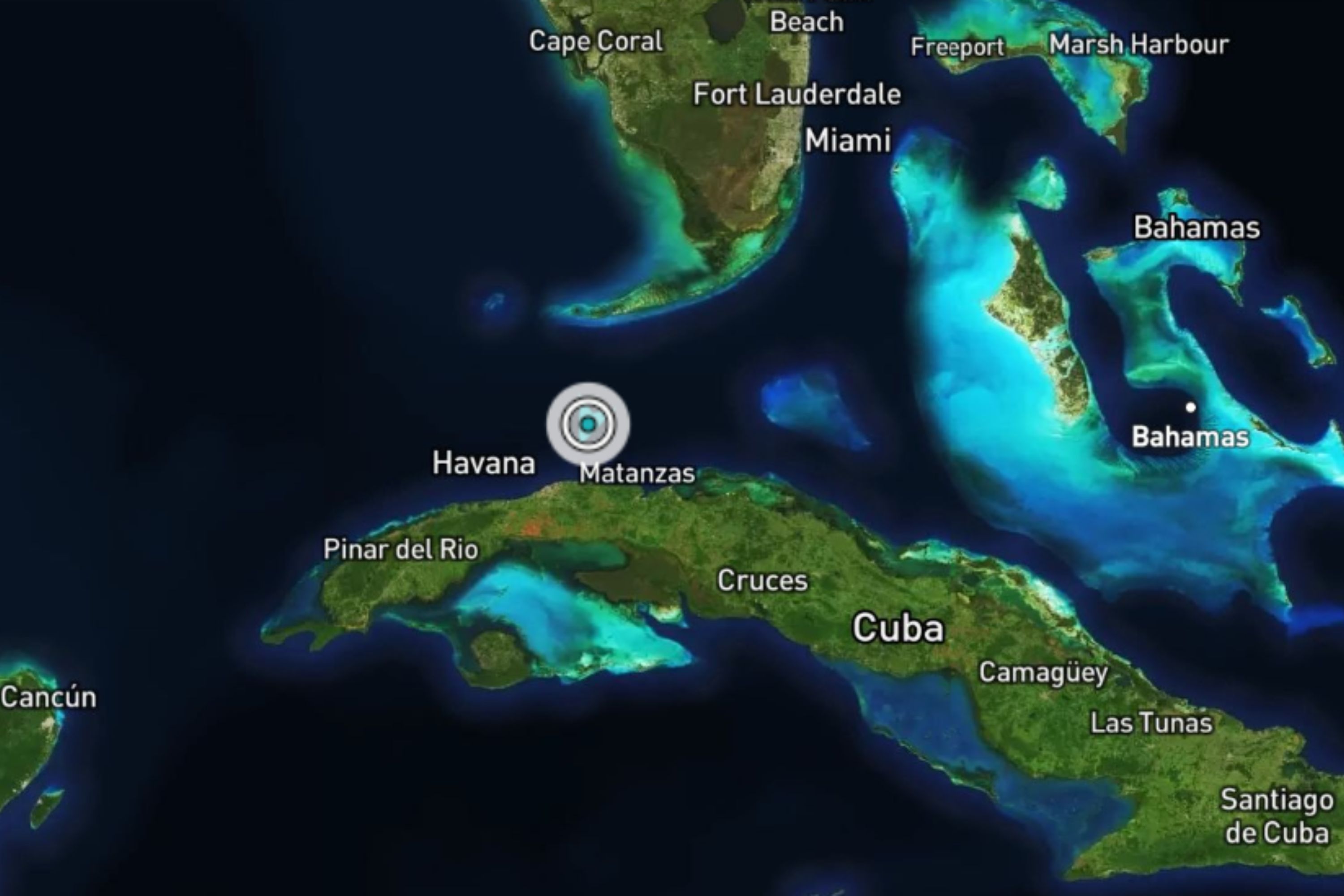Paleontologists have discovered a fossil belonging to an ancient saber-toothed creature that is thought to be the first cat-like predator to ever exist in the U.S.
The fossil, found at the Santiago Formation in southern California, belonged to a Diegoaelurus vanvalkenburghae–a bobcat-sized carnivore that lived around 42 million years ago. It had long upper teeth and a bony chin and was unlike any mammal that had come before it.
Researchers announced the discovery in a study published in PeerJ.
Paleontologists think this creature would have lived in a region that is now West of the Rocky Mountains. They said Diegoaelurus appears to be an evolutionary experiment into hypercarnivory–where animals survive solely on meat. They believe it could be one of the first creatures to ever develop saber-teeth.
It lived long before the famous saber-toothed cat Smilodon fatalis, which appeared around 1.6 million years ago and died out 10,000 years ago.
"Today the ability to eat an all-meat diet, also called hypercarnivory, isn't uncommon," study author Ashley Poust, from the San Diego Natural History Museum, said in a statement. "Tigers do it, polar bears can do it. If you have a house cat, you may even have a hypercarnivore at home. But 42 million years ago, mammals were only just figuring out how to survive on meat alone.
"One big advance was to evolve specialized teeth for slicing flesh—which is something we see in this newly described specimen."

This ancient carnivore was part of a wider group of animals called Machaeroidines. They are now completely extinct, and are not closely related to any of today's living carnivores. Paleontologists know little about the species, meaning this discovery provides more insight into the extinct family of predators.
"This relatively complete, well-preserved Diegoaelurus fossil is especially useful because the teeth let us infer the diet and start to understand how Machaeroidines are related to each other," Shawn Zack, from the University of Arizona College of Medicine, said in a statement.
The fossil finding also shows that Machaeroidines were a more diverse species than originally thought, Zack said.
"We already knew there was a large form, which lived in eastern Utah. Now we have this smaller form, and it lived at approximately the same time. It raises the possibility that there may more out there to find."
Poust said that the newly discovered fossil offers insight to the evolution of carnivorous predators as a whole. The sabre teeth were an early evolutionary feature for carnivores, specilized for slicing flesh.
"Nothing like this had existed in mammals before," he said. "A few mammal ancestors had long fangs, but Diegoaelurus and its few relatives represent the first cat-like approach to an all-meat diet, with sabre-teeth in front and slicing scissor teeth called carnassials in the back. It's a potent combination that several animal groups have independently evolved in the millions of years since."
The fossil will be housed at the San Diego Natural History Museum.

Uncommon Knowledge
Newsweek is committed to challenging conventional wisdom and finding connections in the search for common ground.
Newsweek is committed to challenging conventional wisdom and finding connections in the search for common ground.
About the writer
Robyn White is a Newsweek Nature Reporter based in London, UK. Her focus is reporting on wildlife, science and the ... Read more





